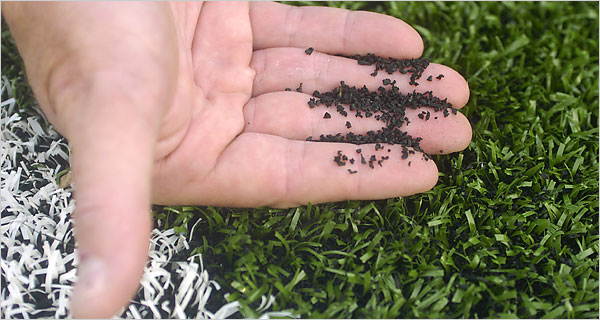
6 Factors To Keep In Mind About Artificial Turf Fields
Artificial turf fields have been gaining popularity for being low maintenance and eco-friendly because it doesn’t need to be watered, fertilized, or mowed. Is it truly beneficial and environmentally friendly to put down synthetic turf? Let’s explore 6 factors to consider about this field installation.
1. Maintenance for artificial turf fields
It is incorrect to think that synthetic fields require less maintenance than natural turf grass or to say that these fields are maintenance free. Artificial turf grass fields require:
- Additional infill
- Irrigation because of high temperatures on hot days
- Chemical disinfectants
- Sprays to reduce static cling and odors
- Drainage repair and maintenance
- Erasing and repainting temporary lines
- Removing debris accumulation

2. Costs start to add up
Long-term costs are less with natural turf fields compared to artificial turf fields. Artificial fields need replacing every 8-10 years, whereas a natural turf field requires consistent maintenance and occasional replacing. When artificial turf needs renovating every 8-10 years, there is a hidden cost of disposal of materials. Since the fields are filled with a ground-up rubber material, the material may require special disposal which could be costly.

3. Players prefer natural turf
A recent survey of 1,511 active NFL players by the NFL Players Association found:
- 73% of the players preferred playing on natural turf grass field
- 18% preferred artificial turf
- 9% of the players had no preference

4. Player injuries are a concern
There is little to no research comparing injuries incurred on new artificial turf fields vs. natural turf fields. Some data indicates that the traditional artificial turf fields increased athlete injury, primarily due to increased surface hardness. NFL players were asked in a 2006 survey “Which surface do you think causes more soreness and fatigue to play on?”
- 74% felt that artificial turf systems were more responsible for fatigue
- 21% felt they were the same
- 5% felt like natural grass systems increased fatigue
- The most common comment was in the open survey section was “make all fields grass to prevent injuries.”
5. Potential infections increase
The potential for increased spread of infections among players has been under close inspection when it comes to artificial turf complexes. In a report titled “Texas Football Succumbs to Virulent Staph Infection From Turf”, at least 276 football players were reported to be infected with an antibiotic-resistant staph infection. These infections were primarily associated with increased skin abrasions stemming from artificial turf.
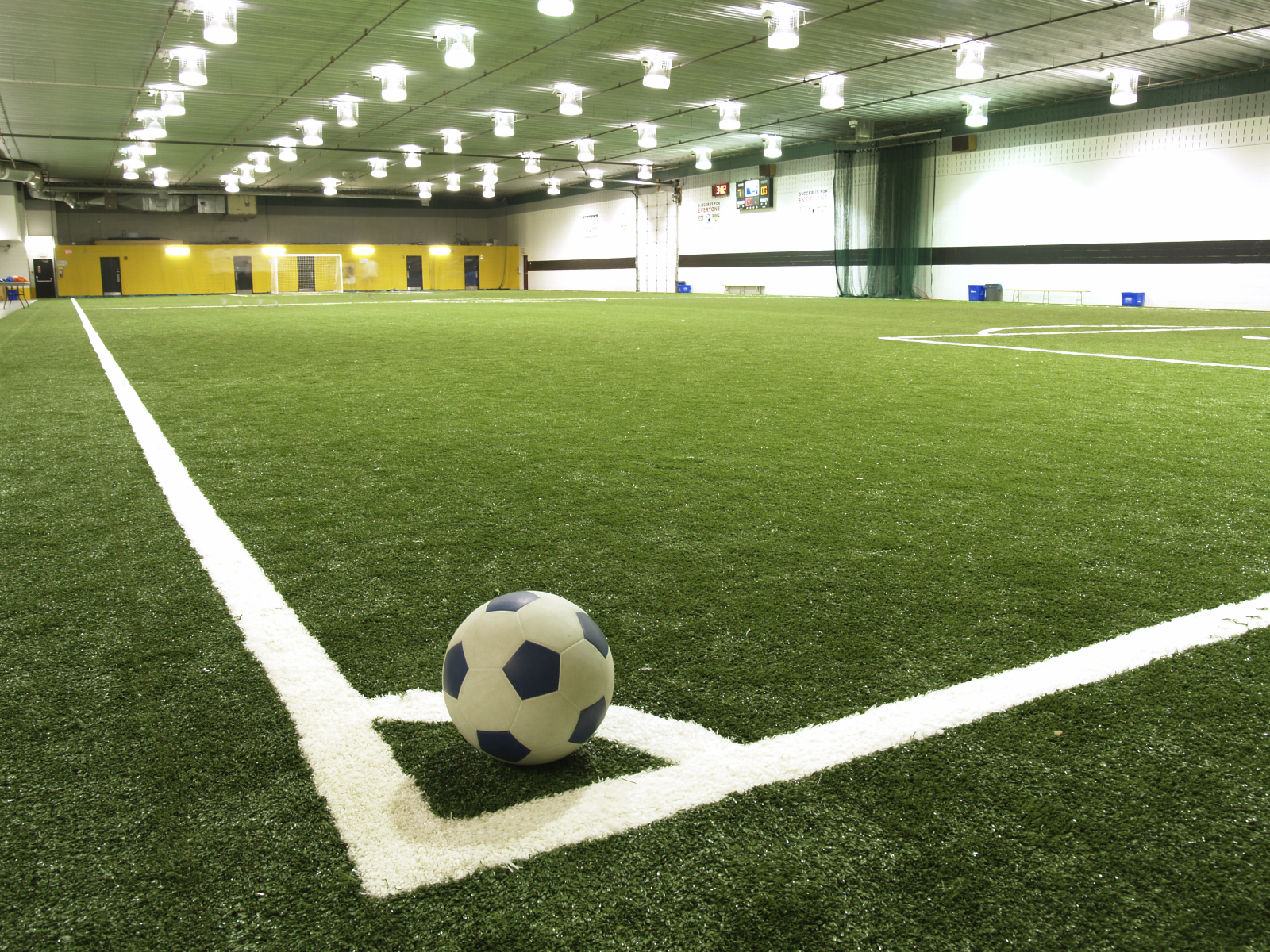
6. High temperatures are an issue
Artificial fields cannot be played on all the time due to the higher temperature on summer days. The surface temperatures of artificial fields have been documented as high as 199°F on a day with an air temperature of 98°F. Researchers at Brigham Young University reported that “the surface temperature of a synthetic football field on campus averaged 117°F, with a daily high of 157°F. On an adjacent natural turf field, the surface temperature averaged 78°F, with a daily high of 89°F.” Artificial turf fields can be cooled down with irrigation but it is only a short-term fix. The only permanent fix for this issue is having the field be in an indoor facility. Because of these high temperatures, an artificial field will remain largely unusable during warm days. Additionally, practicing on an artificial field could increase the incidence of heat stroke, muscle cramping, and overall athlete fatigue.
Keep these 6 factors in mind when considering an installation of an artificial turf field.
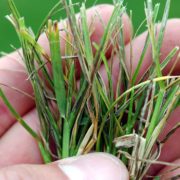
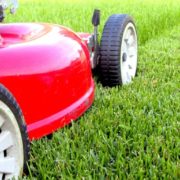
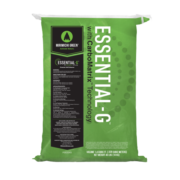
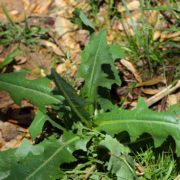
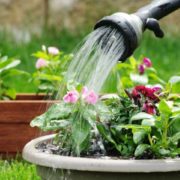
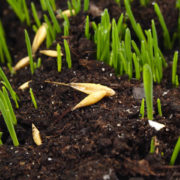
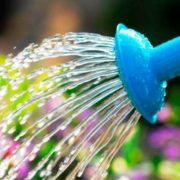
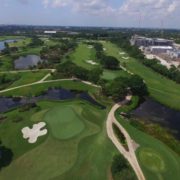


Comments are closed.